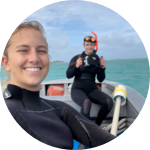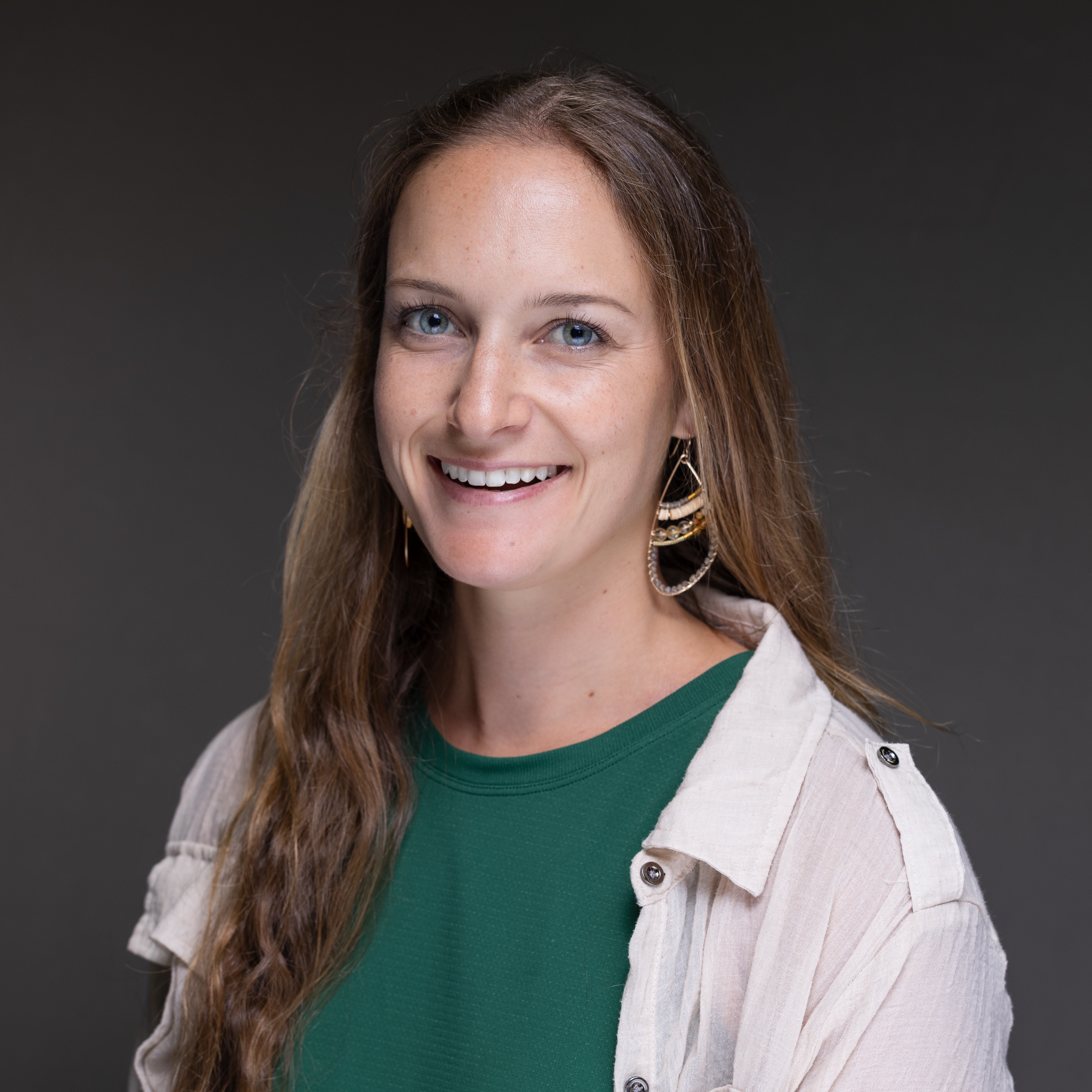About This Project
Understanding the dynamics of coral reef recovery is of great importance as reefs are experiencing severe decline. Density of juvenile corals is often correlated with reef recovery trajectory. Settlement, success, and growth of juvenile corals is especially influenced by habitat structural complexity. This study will combine fluorescence imaging methods with 3D underwater photography to assess the relationship between reef structural complexity and reef recovery potential.
Ask the Scientists
Join The DiscussionWhat is the context of this research?
Scleractinian corals are sessile, marine invertebrates that serve as the primary building blocks of modern tropical reefs. Coral reefs are experiencing unprecedented decline due to more severe and frequent heat related stress (i.e., bleaching and tropical storms) and human pressures. Reef recovery, that is, naturally restoring coral populations to pre-disturbance levels, is governed by both ecological and environmental factors. The interplay between these factors can give insight into recovery potential and trajectory. Thus, researchers must develop innovative approaches to effectively monitor populations and understand how the environment may mediate mortality and anticipated recovery.
What is the significance of this project?
Density of juvenile corals (corals smaller than 5 cm) is often used as a proxy for recruitment success, a metric correlated with recovery trajectory. High abundance of juvenile corals is often indicative of settlement success and post-settlement survivorship. Environmental factors, such as light, depth, and wave energy, influence early coral life stages, all of which are mediated by habitat complexity. Three-dimensional habitat structure can therefore distinguish between consolidated reef and unsuitable habitat, affect small-scale water motion, modify irradiance, and provide protection from grazing, predation, and competitive smothering. Though seemingly challenging, 3D underwater imaging methods have allowed researchers to easily study the 3D shapes of coral reefs.
What are the goals of the project?
Traditional methods of estimating coral juvenile density are all small in scale, and possess a series of biases, such as intense training, time-consuming hands-on manual analyses, and/or expensive image analysis programs. Both coral animals and their symbiotic algae contain fluorescent pigments that react under UV or blue light. However, no study to date has used fluorescence juvenile detection imaging methods to quickly and effectively assess patterns between habitat structural complexity and recruitment and survival. The objective of this project is to combine fluorescence imaging methods with 3D imaging techniques to assess the relationship between the environment, namely structural complexity, and coral settlement, survival, and growth.
Budget
Two studies have successfully used altered consumer-grade cameras to capture coral fluorescence during the daytime, focusing specifically on two-dimensional imaging for method validation. However, no study to date has combined fluorescence juvenile detection imaging with 3D underwater imaging to assess patterns between habitat structural complexity, recruitment, and juvenile survival. The equipment outlined in the budget includes professional-grade off-the-shelf cameras, underwater housing, lens barrier filter, excitation lights, and camera rigs. While we drew from the recommendations of the two aforementioned studies, we opted for more cost-effective equipment that can still produce high-quality 3D images of fluorescence. Moreover, the camera chosen is one we regularly use for capturing 3D underwater imagery, so we are confident in its suitability for this project.
Endorsed by
 Project Timeline
Project Timeline
Imaging methods will be tested in a range of conditions from the date of acquirement of funds/equipment to July 2025. Ten sites will be selected in Kaneohe Bay, Oahu, Hawaii. At each site, five 2x2m quadrats will be imaged. Quadrats will be initially captured in July 2025 and resurveyed monthly for the duration of 6 months (until January 2026). Juvenile/recruit densities will be counted three ways: visually, using automated segmentation, and using semi-automated segmentation.
Oct 21, 2024
Project Launched
Jun 30, 2025
Designate 10 sites that span environmental conditions
Jun 30, 2025
Test fluorescence-3D imaging method and choose preferred camera setup/methods
Jul 30, 2025
Collect first round of imagery at all sites
Jan 30, 2026
Collect last time point of imagery at all sites (imagery have been collected monthly)
Meet the Team
Mollie Asbury
My career has always been driven by the intersection of biology and technology. From a young age, I knew I would dedicate myself to studying coral reefs. This passion led me to secure highly competitive internships with the National Oceanic and Atmospheric Administration (NOAA) and spend extensive time conducting fieldwork, which further fueled my desire to work on the cutting edge of research. Currently, my PhD research focuses on integrating advanced technological methods with ecological studies to tackle large-scale questions that were once beyond our reach. I remain deeply fascinated by the potential of technology and strive to develop methods that can be implemented by major monitoring agencies to address critical, wide-ranging environmental challenges.
Lab Notes
Nothing posted yet.
Additional Information
This study would not only develop a comprehensive imaging method that could be adopted by large-scale monitoring programs, but additionally an application of the method to study reef recovery trajectories. Information gained from assessing how coral recruitment and survival trends with structural complexity could guide restoration efforts and conservation priority regions.
Project Backers
- 3Backers
- 110%Funded
- $6,506Total Donations
- $2,168.67Average Donation

